Parrot Owner Gets Jail Time After Bird Injures Passer-By
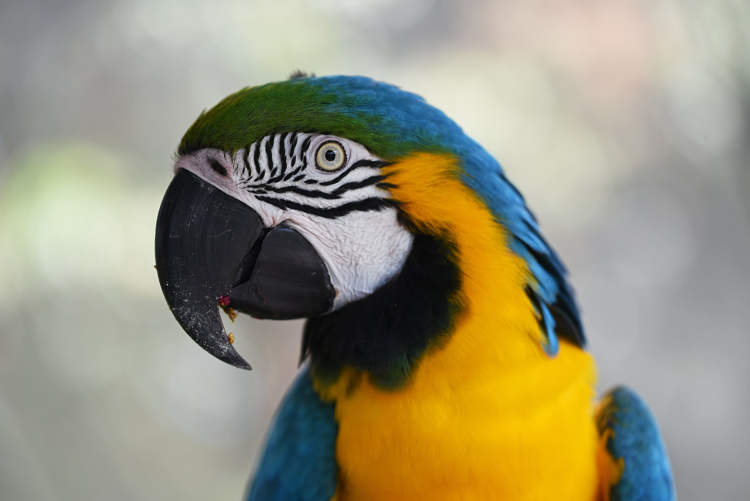
A Taiwanese man was sentenced to two months in jail and fined 3.04 million New Taiwan dollars ($91,350) after his large parrot allegedly caused a jogger to fall and hurt himself. The bizarre incident reportedly took place in Tainan, when a man surnamed Huang took his two pet macaws for a flight in a local […]
Michigan Oils Slick Turns Out to Be Record-Setting Duck Gathering

What looked like a growing oil spill in Michigan’s Mackinac Straits area turned out to be a massive gathering of tens of thousands of ducks and other aquatic birds. On December 21 of last year, the Mackinac Bridge Authority started receiving calls from concerned divers regarding a possible oil spill in the area. With each […]
The World’s Fastest Animal Reaches Speeds of Over 300 Km Per Hour
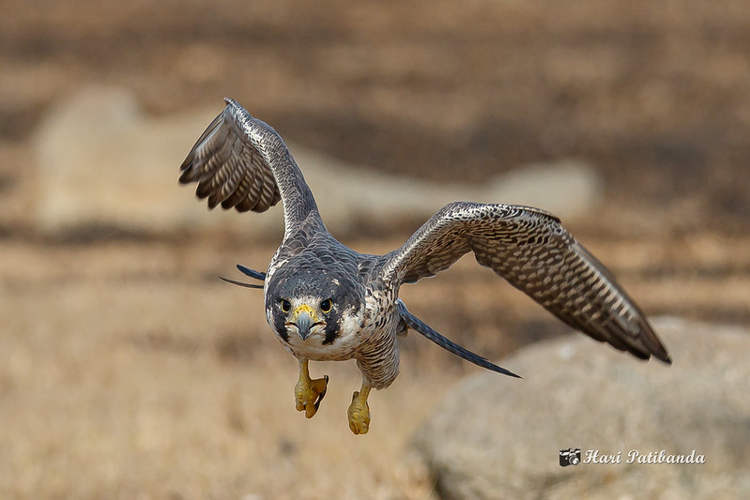
Cheetahs are famous for their speed, but they don’t even come close to the world’s faster animal, a falcon that swoops on its unsuspecting prey at speeds of over 300 km per hour. The peregrine falcon is one of the most efficient predators on Earth, and it owes much of that efficiency to its unrivaled […]
Bird Flies Over 13,500 Km Without Stopping, Sets New Guinness Record
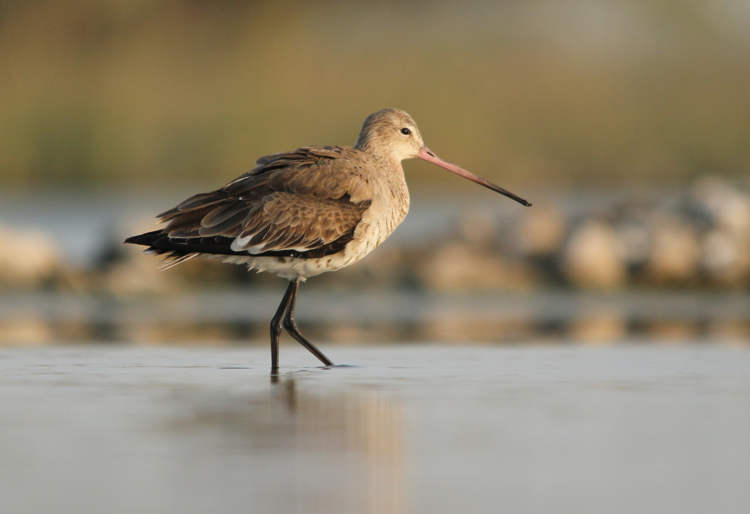
A five-month-old bar-tailed godwit recently smashed the record for long-distance migration after flying 13,560 kilometers non-stop over a period of 11 days. Every autumn, millions of migratory birds take to the sky for a long and perilous journey to escape the coming cold, feed and breed for the next few months. Many of them cover […]
Every Year Thousands of Australian Parrots Drop Out of the Sky And Scientists Still Don’t Know Why
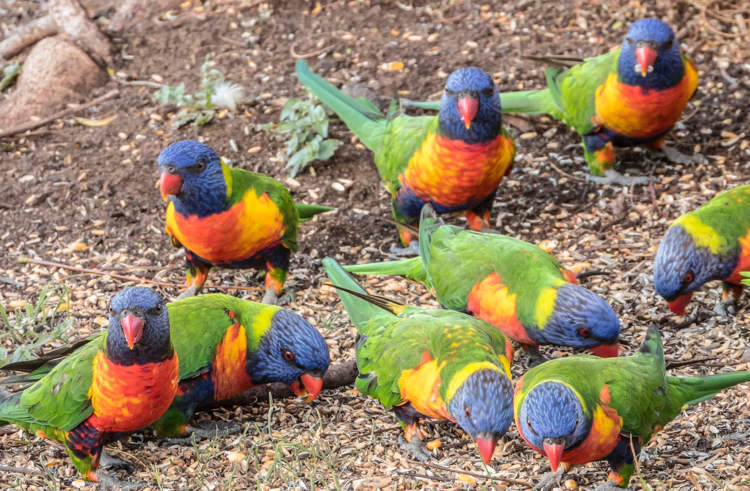
Lorikeet Paralysis Syndrome (LPS) is a seasonal disease that occurs every year between October and June, causing lorikeets to drop out of the sky and become unable to move. Ornithologists and veterinarians have known about Lorikeet Paralysis Syndrome for many years now, but despite their best efforts, the cause of the disease has remained a […]
The ‘World’s Smallest Chicken’ Is Taking the Chinese Pet Scene by Storm

Rutin chicken, a domestic hybrid dubbed ‘the world’s smallest chicken’ has become incredibly popular in China lately, fueling a veritable pet craze. Technically, the rutin in chicken is not a chicken. It is a cross between a quail and a partridge, but people have dubbed it the “world’s smallest chicken” and the nickname stuck. To […]
This Adorable Little Bird Is a Real-Life Vampire
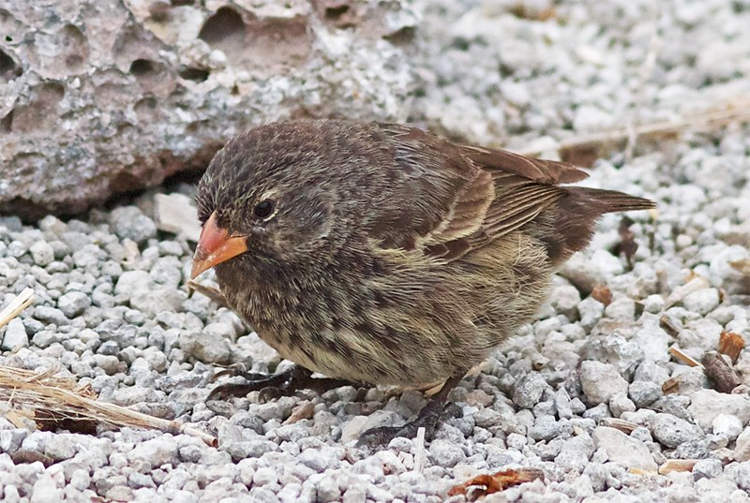
Geospiza difficilis septentrionalis, aka the Vampire Finch, is a small bird with a very unusual diet – other bird’s blood. Found on only two small islands in the Galapagos Archipelago – Darwin and Wolf – the vampire finch is a subspecies of the sharp-beaked ground finch, a relatively small and harmless-looking bird. However, as the […]
This Bird Is the Heaviest Animal Capable of Walking on Water

Using their large feet and fast stride, the Western and Clark’s grebes can run as far as 20 meters on water, making them the only bird and the heaviest animal on Earth capable of doing so. If you exclude Jesus Christ, whose biblical feat of walking on water is literally considered a miracle of the […]
Hooded Pitohui – The World’s First Scientifically-Confirmed Poisonous Bird
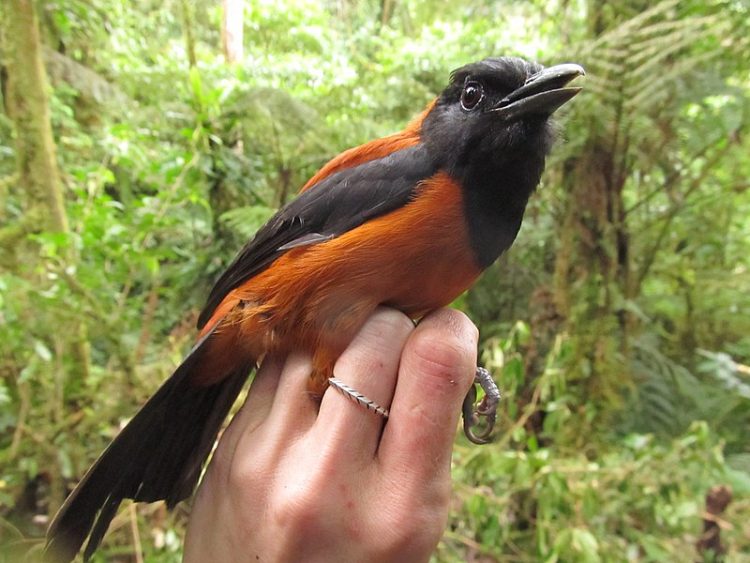
The hooded pitohui, a small bird endemic to Papua New Guinea, is the first and only scientifically-confirmed poisonous bird in the world. The Melanesian people of Papua New Guinea have long known to keep their hands off of hooded pitohui, but to the western world, the bird’s toxic potential was only discovered by chance just […]
Africa’s Feathered Locust – These Little Birds Cause the Cutest Plague Imaginable
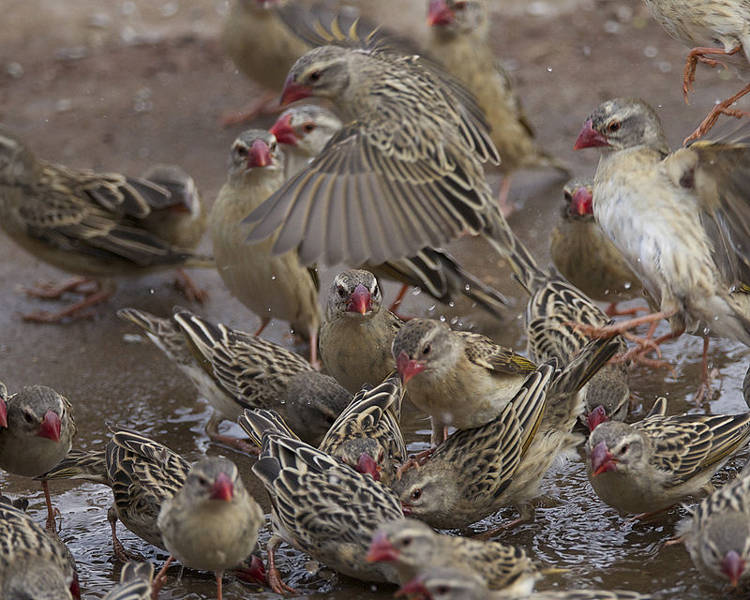
To most of the world, the red-billed quelea is a cute, sparrow-like bird native to Sub-Saharan Africa, but to the farmers of the regions that this little creature calls home, it is a pest capable of wiping out their crops. Biblical plagues mention insects like locusts, lice and flies, but to the people of African […]
Indian Runner Ducks Stand Upright Like Penguins, Can Outrun Most Humans
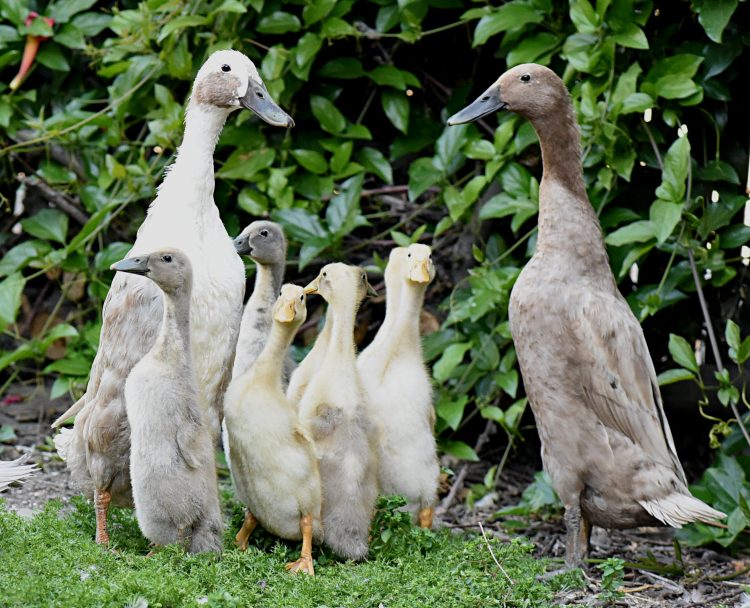
The Indian Runner duck has the most distinctive body type among all the world’s duck breeds. With legs positioned further back on the body than all other duck breeds, they stand upright like penguins and run rather than waddle. Native to the Asian continent, the Indian Runner duck is a development of the wild mallard. […]
Qatar’s Falcon Hospital – A Medical Facility Literally for the Birds
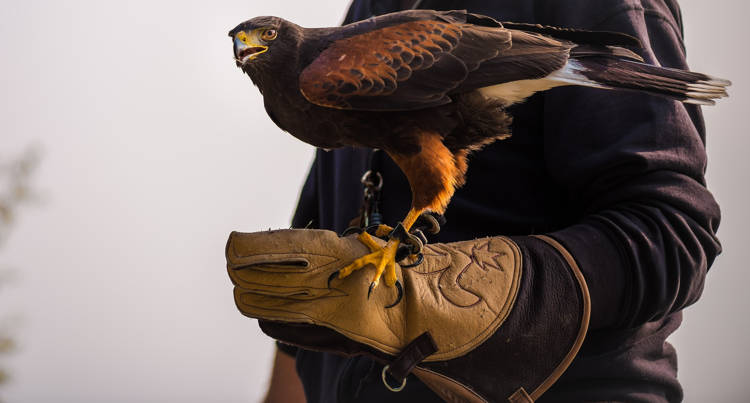
Souq Waqif is a state-of-the-art hospital in Doha Qatar, where 150 patients are treated every day. Only patients here all have feathers, as Souq Waqif is a hospital for falcons. To say that Qatar’s Souq Waqif Falcon Hospital is a medical facility unlike any other would be fairly accurate. But then again, few countries around […]
The Thriving Parakeets Taking Over London
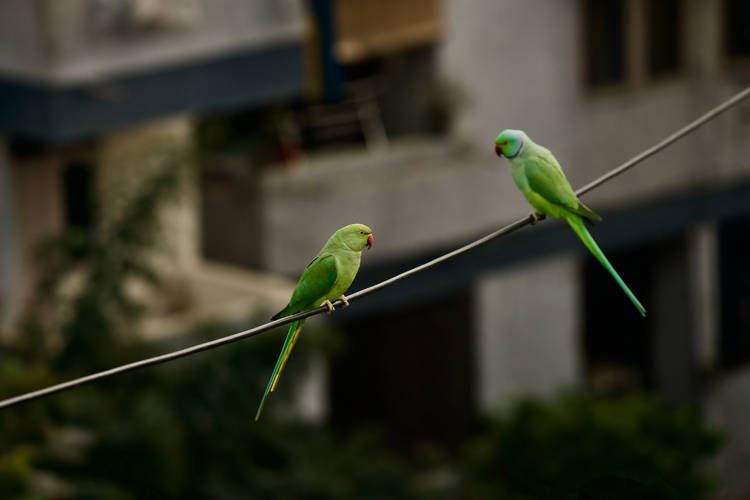
Ring-necked parakeets are native to the foothills of the Himalayas and temperate regions of North Africa, but for the past century and a half, they’ve also made a home for themselves in London. No one knows exactly when and how London became a home for feral parakeets. In fact, there are so many urban myths […]
Onagadori – A Japanese Chicken Breed With Majestically Long Tail Feathers
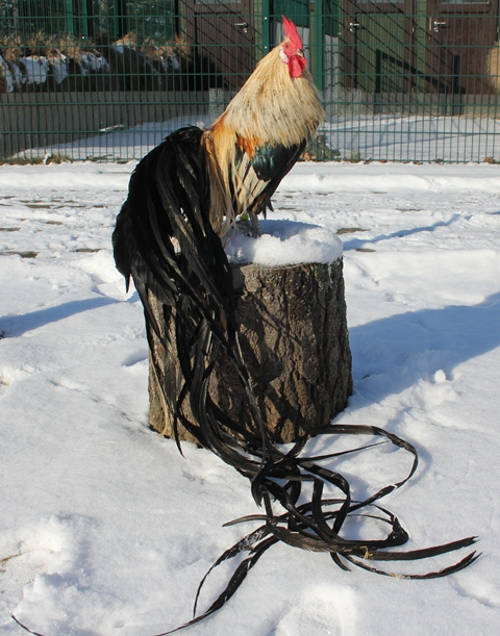
The Onagadori (‘honorable fowl’ in Japanese) is a rare chicken breed known for its exceptionally long tail, which can reach over 10 meters, putting even peacocks to shame. Of the seventeen chicken breeds considered Japanese national treasures, the Onagadori is the only one to have “special” status. Ever since it received this status in 1952, […]
This Fascinating Bird Looks Like a Feathered Dragon
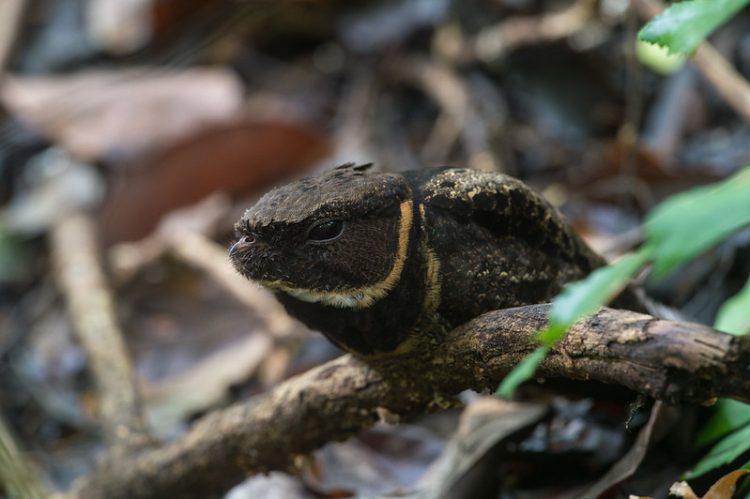
What do you get if you mix a bird, a squirrel and a lizard? Well, I think you’ll have a tough time finding a better answer than the Great Eared Nightjar. Seeing a great eared nightjar for the first time, you’d be forgiven for mistaking it for a squirrel or even a lizard. The fact […]
